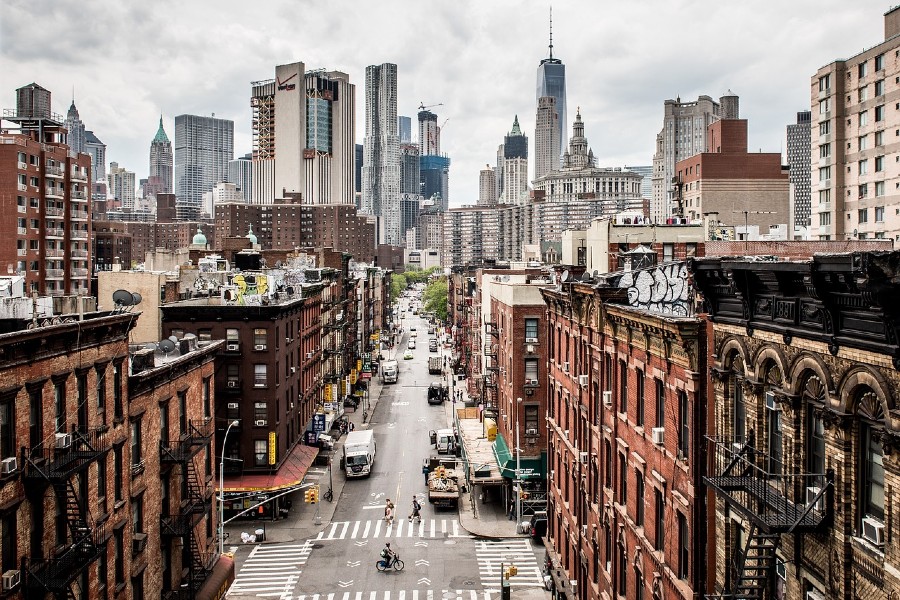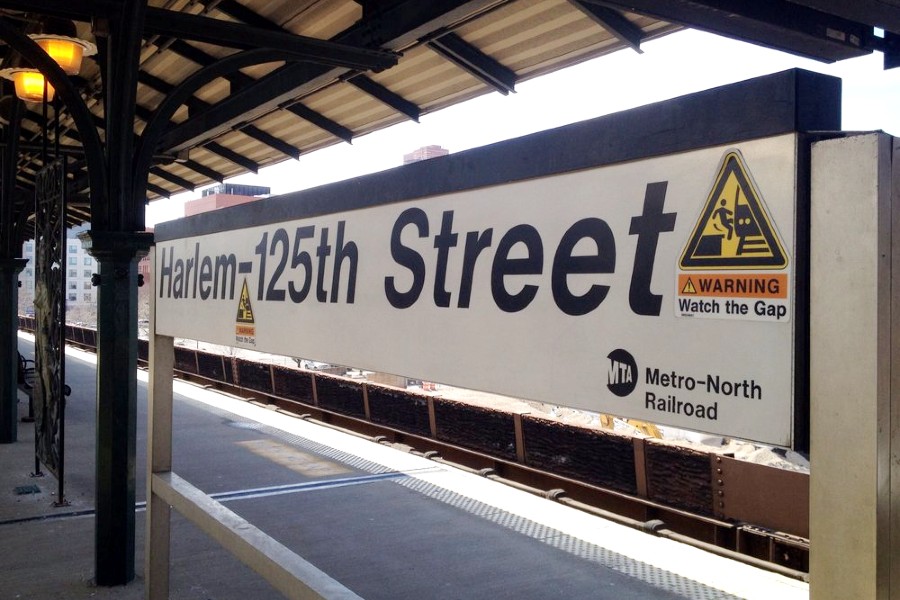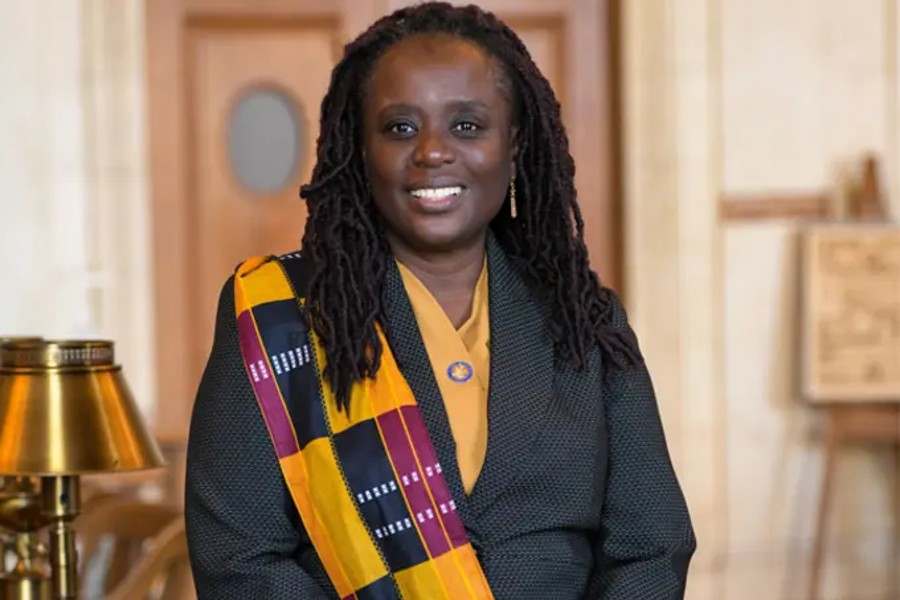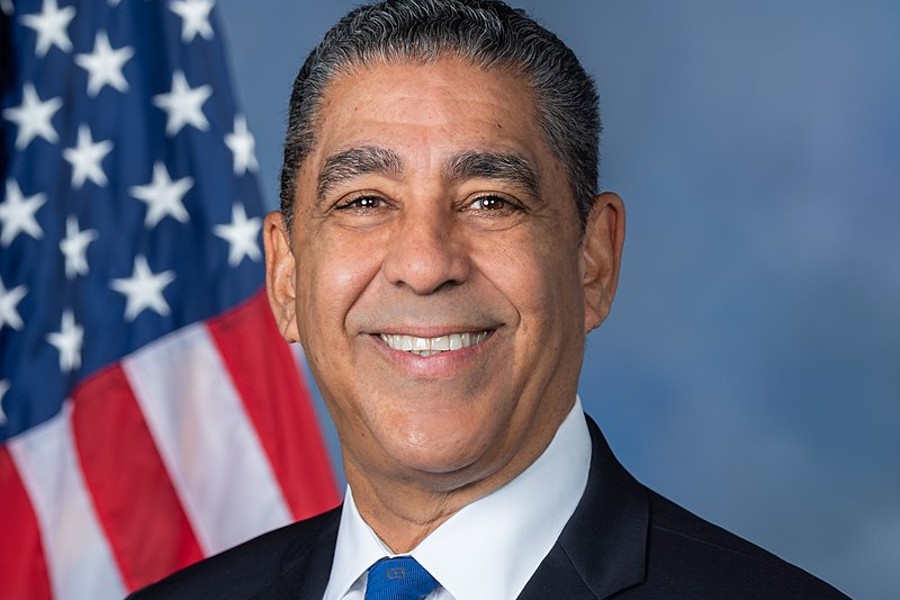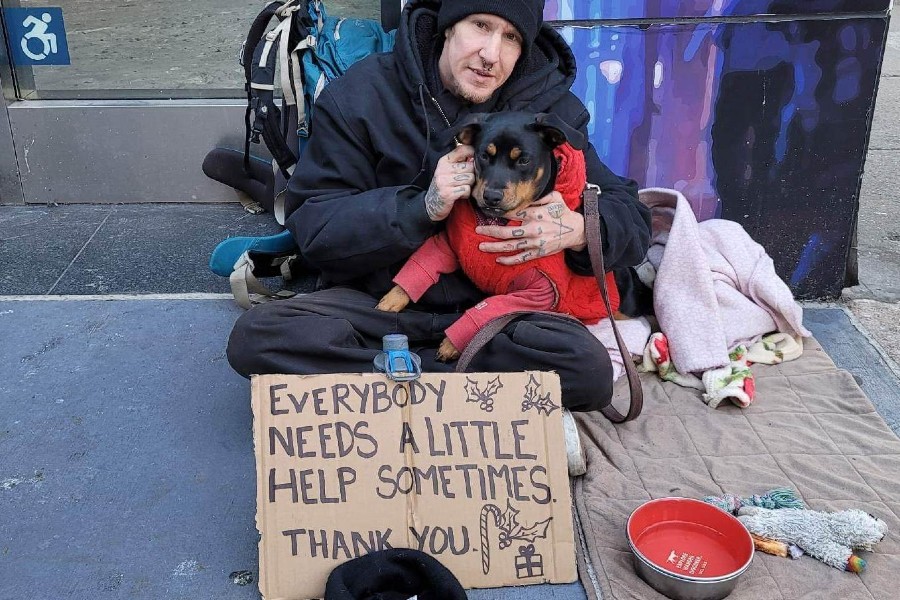
by Eartha Watts Hicks, Editor-in-Chief
The first time my family was homeless, it was my fault. I was a latchkey kid, like everybody else back then.
It was common in the 1970s for parents to give children a key on a shoestring, instruct them not to open the door “for anybody . . . not even me,” and forgo the expense of an after-school program or a babysitter. I was fine for an entire year. But after my mother married a man with a newly released Bic pushbutton lighter, the curious kid I was, I came up with a bright idea one warm summer day while home alone. I decided to search for a Backgammon die that had rolled underneath my mother’s bed and disappeared. Since our flashlight batteries died, a pushbutton lighter could be a good substitute, or so I thought.
Well, I survived the blaze without so much as a singed eyebrow. But we lost everything. Homelessness for us in the 1970s meant staying with relatives in Harlem’s Lincoln projects until we ‘got back on our feet.’ Homeless back then meant family from two households, eight people, squeezing into a crowded living space, and no longer being able to do things our way but living by my great aunt’s house rules. We stayed with her family in Lincoln projects until renovations in our apartment back in Mill Brook Houses were complete and we could return home. The only people we saw lying out in the street were winos and junkies. Homelessness, as we defined it back then, was not having a place of your own. But everyone’s sofa served as a bed for family and friends, called ‘family.’ Many of us had convertible pull-out couches. We took care of our village.
Today, Harlem is more affordable than other parts of our city, so it has become a refuge for people of all backgrounds. New York City’s economy suffered throughout the COVID-19 Pandemic, lockdown, and shelter-in-place. Companies that had been in business for nearly a century shut their doors and emptied their showrooms. Retail spaces were abandoned without many of us ever seeing a GOING OUT OF BUSINESS sale. National brands like The Gap, Cole Haan, and Express tried to sustain themselves by meeting demand via online presence. And while vacancies spread throughout our city’s commercial spaces, young professionals fled from New York City apartments. These swank dwellings might have been convenient, located near their place of employment, in the middle of everything, and at the heart of our city’s nightlife. Still, New York City rental units are notoriously the most expensive in the world. When facing financial strain, small New York City units could feel like overpriced, cramped quarters, and many New Yorkers were now confined, working remotely, facing job loss, pay cuts, and lay-offs.
Related: Read more content by Eartha Watts-Hicks.
Those that had a home away from home abandoned the city. Those who could return home to their parents abandoned our city. Those who could afford to purchase a house . . . left, taking advantage of first-time homebuyer programs and opportunities in the volatile real estate market. Many others who could no longer afford to make New York City their home lost their apartment. The face of homelessness is multi-colored, multicultural, and nondenominational, as those sleeping on the street are a diverse populous. The night skyline in the Big Apple, the city that never sleeps, displays mass vacancies like missing teeth in a wide smile. While more and more people are living on the streets, creating walls out of luggage and shopping carts containing their belongings. They enclose themselves in makeshift tents made from cardboard and plastic bags. They use comforters as bedding on concrete.
The holidays delivered a cold front that caused temperatures to plummet and sent New York into a Code Blue state of emergency, with temperatures dropping well below freezing. Outreach services seek out and encourage homeless New Yorkers to take refuge indoors, out of the bitter cold, in one of the city’s public shelters. It’s a shame amid mass residential and commercial vacancies, native New Yorkers have become numb and used to the homeless crisis. Seeing a homeless person on the street with a dog makes people feel sorry for the dog.
These trying times have been just as hard for folks farther uptown in Harlem. Those who remember old Harlem remember taking care of themselves and each other through the worst part of the struggle. Old Harlem knew how to adjust, adapt, check in on neighbors, and become even more resourceful. Those new to Harlem may have had to tighten their belts, downsize, and move to more affordable housing. Harlem has weathered our city’s worst as a community. Harlem will survive. We are a village.
We need to act as a village again to thrive. Understanding our village looks a little different today, some of the threats are still present. We must look out for each other. We must be our neighborhood’s eyes and ears amid the rising crime threat. So, get to know your neighbors, young and old, old and new. Embrace each other. Focus on what we all have in common. We must remember we are a community or somehow grow eyes in the back of our heads. Thankfully, we are all still here in 2023. Trust the worst is over. It’s all love moving forward.
If you see someone homeless in the street during extreme temperatures (32° or lower • 90° or higher), call 311. The Department of Homeless Services (DHS) offers support to people living on the streets, in the subway, or in other public places. With persistence and compassion, outreach teams engage homeless New Yorkers 24/7, offering services and safe housing. If you see someone homeless in the street who seems to be having a medical emergency, appears to be in imminent danger, or is a threat to others, call 911.
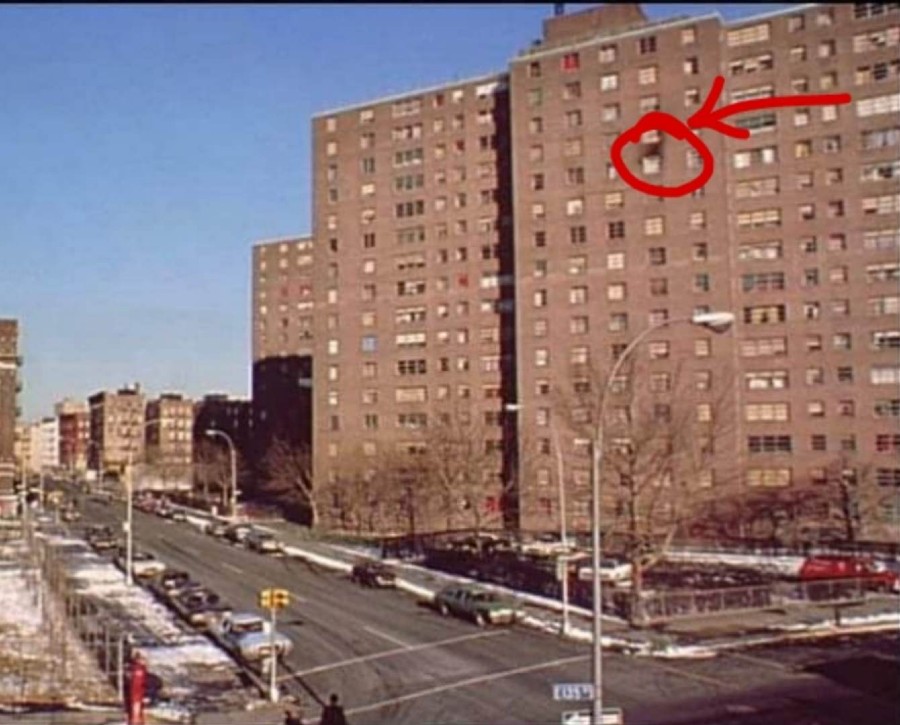
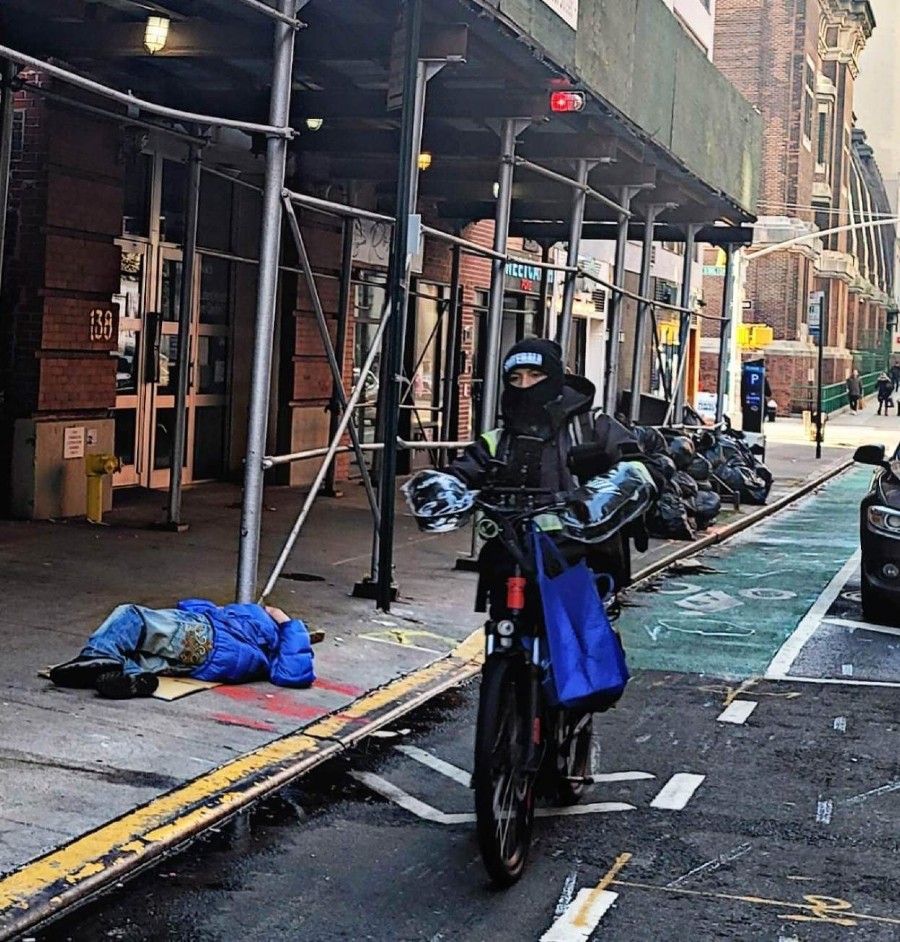
Eartha Watts Hicks

Eartha Watts Hicks is the NYCHA/NAACP award-winning author of Love Changes (www.tinyurl.com/LoveChangesNovel), Graffiti Mural and the A Planner is A Girl’s Best Friend planner series. Eartha is an active member of The Harlem Writers Guild. Connect with Eartha across Social Media @Earthatone.
Photo credit: 1-3) Eartha Watts-Hicks.
Become a Harlem Insider!
By submitting this form, you are consenting to receive marketing emails from: Harlem World Magazine, 2521 1/2 west 42nd street, Los Angeles, CA, 90008, https://www.harlemworldmagazine.com. You can revoke your consent to receive emails at any time by using the SafeUnsubscribe® link, found at the bottom of every email. Emails are serviced by Constant Contact



